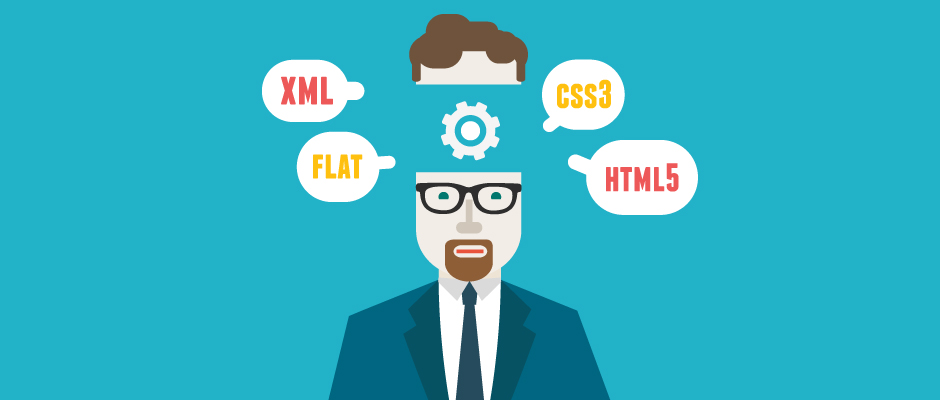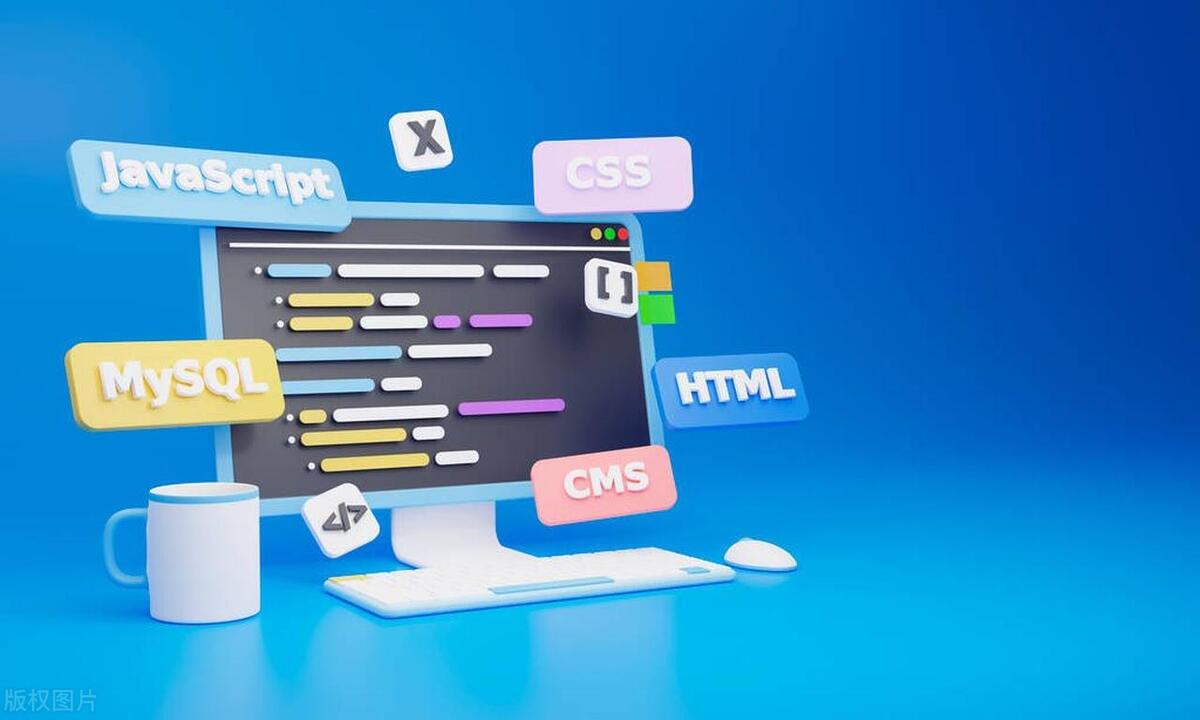Frontend Performance: Largest Contentful Paint (LCP) Optimization
Jul 20, 2025 am 03:15 AMTo optimize LCP, you need to start from four aspects: image resources, server response, render blocking resources and preload management. 1. Image optimization includes using WebP/AVIF format, setting srcset and sizes, compressing sizes and delaying loading non-first-screen images; 2. Improve server response speed can be achieved through CDN, HTTP/2 or 3 and optimizing back-end interface performance; 3. Optimizing JS/CSS, delaying non-critical scripts, inline key CSS and deleting redundant code; 4. Use link preload to preload key resources, optimize font loading and adjust resource priorities, thereby accelerating content presentation and improving user experience and SEO performance.

Largest Contentful Paint (LCP) is an important metric for measuring web page loading experience, which directly affects user experience and search engine rankings. Optimizing LCP can not only make your website perceived by users faster, but also improve SEO performance. The following are some practical and practical optimization directions.

Image resource optimization: Reduce loading time
Images are usually one of the main sources of LCP elements, and optimizing them can significantly improve LCP performance.
- Use modern image formats : such as WebP or AVIF, which are smaller in size at the same image quality.
- Responsive image settings : Through
srcsetandsizesattributes, let the browser choose the appropriate image size according to the device. - Compressed image size : Do not upload images that exceed the required size of the page, such as an image with a display of 300x200, there is no need to use the original image of 1920x1080.
- Lazy loading of non-first-screen images : Although LCP focuses on the content of the first screen, avoiding loading of non-key images can free up bandwidth to more important resources.
For example, a picture that does not properly set up srcset may load too large files on a high-resolution device, resulting in a few seconds of LCP delay, which is an issue that is easy to ignore but has a big impact.

Server response speed: shorten first rendering time
The starting point of LCP time is calculated from the user opening the page, so the faster the server responds, the better.
- Use CDN to accelerate static resources : put pictures, JS, CSS and other files on nodes close to the user to speed up the transmission speed.
- Enable HTTP/2 or HTTP/3 : These protocols support multiplexing to reduce request latency.
- Optimize back-end performance : Slow database query and complex interface processing will slow down the rendering of the first screen, which will affect LCP.
If your homepage interface requires more than 500ms to return data, then this time will be directly included in the overall time-consuming of LCP and must be taken seriously.

Render blocking resource optimization: render content as early as possible
JavaScript and CSS are common render blocking resources, and too many or unoptimized scripts can affect LCP.
- Split and lazy load JS : JS with non-critical functions can be lazy loaded or used
deferandasyncproperties. - Inline key CSS : Write the styles required by the first screen directly into HTML to avoid additional requests.
- Remove unused CSS and JS : Tools such as PurgeCSS can help clean up redundant styles.
For example, if your page starts rendering the main content after loading a bunch of JS, then the LCP will be severely delayed. The content part should be loaded and rendered first.
Using preloading and priority management: Actively control the loading order
The default loading order of the browser is not necessarily the best. You can interfere with resource loading priorities through some means.
- Use
<link rel="preload">to preload key resources : such as LCP images, fonts, and key JS/CSS. - Font optimization : Slow font loading will affect text display. Use
font-display: swapto let text be displayed in default font first. - Adjust resource priority : Prompt the browser through HTTP headers or HTML tags which resources are more important.
For example, you can add:
<link rel="preload" as="image" href="hero.jpg">
In this way, the browser knows that this image is very important and should be loaded first.
Basically these common optimization points. LCP seems to be an indicator, but in fact, the content loading, server response, rendering process and other links involved are not complicated but are easy to ignore details.
The above is the detailed content of Frontend Performance: Largest Contentful Paint (LCP) Optimization. For more information, please follow other related articles on the PHP Chinese website!

Hot AI Tools

Undress AI Tool
Undress images for free

Undresser.AI Undress
AI-powered app for creating realistic nude photos

AI Clothes Remover
Online AI tool for removing clothes from photos.

Clothoff.io
AI clothes remover

Video Face Swap
Swap faces in any video effortlessly with our completely free AI face swap tool!

Hot Article

Hot Tools

Notepad++7.3.1
Easy-to-use and free code editor

SublimeText3 Chinese version
Chinese version, very easy to use

Zend Studio 13.0.1
Powerful PHP integrated development environment

Dreamweaver CS6
Visual web development tools

SublimeText3 Mac version
God-level code editing software (SublimeText3)

Hot Topics
 How does React handle focus management and accessibility?
Jul 08, 2025 am 02:34 AM
How does React handle focus management and accessibility?
Jul 08, 2025 am 02:34 AM
React itself does not directly manage focus or accessibility, but provides tools to effectively deal with these issues. 1. Use Refs to programmatically manage focus, such as setting element focus through useRef; 2. Use ARIA attributes to improve accessibility, such as defining the structure and state of tab components; 3. Pay attention to keyboard navigation to ensure that the focus logic in components such as modal boxes is clear; 4. Try to use native HTML elements to reduce the workload and error risk of custom implementation; 5. React assists accessibility by controlling the DOM and adding ARIA attributes, but the correct use still depends on developers.
 Describe the difference between shallow and full rendering in React testing.
Jul 06, 2025 am 02:32 AM
Describe the difference between shallow and full rendering in React testing.
Jul 06, 2025 am 02:32 AM
Shallowrenderingtestsacomponentinisolation,withoutchildren,whilefullrenderingincludesallchildcomponents.Shallowrenderingisgoodfortestingacomponent’sownlogicandmarkup,offeringfasterexecutionandisolationfromchildbehavior,butlacksfulllifecycleandDOMinte
 What is the significance of the StrictMode component in React?
Jul 06, 2025 am 02:33 AM
What is the significance of the StrictMode component in React?
Jul 06, 2025 am 02:33 AM
StrictMode does not render any visual content in React, but it is very useful during development. Its main function is to help developers identify potential problems, especially those that may cause bugs or unexpected behavior in complex applications. Specifically, it flags unsafe lifecycle methods, recognizes side effects in render functions, and warns about the use of old string refAPI. In addition, it can expose these side effects by intentionally repeating calls to certain functions, thereby prompting developers to move related operations to appropriate locations, such as the useEffect hook. At the same time, it encourages the use of newer ref methods such as useRef or callback ref instead of string ref. To use Stri effectively
 Vue with TypeScript Integration Guide
Jul 05, 2025 am 02:29 AM
Vue with TypeScript Integration Guide
Jul 05, 2025 am 02:29 AM
Create TypeScript-enabled projects using VueCLI or Vite, which can be quickly initialized through interactive selection features or using templates. Use tags in components to implement type inference with defineComponent, and it is recommended to explicitly declare props and emits types, and use interface or type to define complex structures. It is recommended to explicitly label types when using ref and reactive in setup functions to improve code maintainability and collaboration efficiency.
 How to handle forms in Vue
Jul 04, 2025 am 03:10 AM
How to handle forms in Vue
Jul 04, 2025 am 03:10 AM
There are three key points to be mastered when processing Vue forms: 1. Use v-model to achieve two-way binding and synchronize form data; 2. Implement verification logic to ensure input compliance; 3. Control the submission behavior and process requests and status feedback. In Vue, form elements such as input boxes, check boxes, etc. can be bound to data attributes through v-model, such as automatically synchronizing user input; for multiple selection scenarios of check boxes, the binding field should be initialized into an array to correctly store multiple selected values. Form verification can be implemented through custom functions or third-party libraries. Common practices include checking whether the field is empty, using a regular verification format, and displaying prompt information when errors are wrong; for example, writing a validateForm method to return the error message object of each field. You should use it when submitting
 Server-Side Rendering with Next.js Explained
Jul 23, 2025 am 01:39 AM
Server-Side Rendering with Next.js Explained
Jul 23, 2025 am 01:39 AM
Server-siderendering(SSR)inNext.jsgeneratesHTMLontheserverforeachrequest,improvingperformanceandSEO.1.SSRisidealfordynamiccontentthatchangesfrequently,suchasuserdashboards.2.ItusesgetServerSidePropstofetchdataperrequestandpassittothecomponent.3.UseSS
 A Deep Dive into WebAssembly (WASM) for Front-End Developers
Jul 27, 2025 am 12:32 AM
A Deep Dive into WebAssembly (WASM) for Front-End Developers
Jul 27, 2025 am 12:32 AM
WebAssembly(WASM)isagame-changerforfront-enddevelopersseekinghigh-performancewebapplications.1.WASMisabinaryinstructionformatthatrunsatnear-nativespeed,enablinglanguageslikeRust,C ,andGotoexecuteinthebrowser.2.ItcomplementsJavaScriptratherthanreplac
 What is content security policy CSP
Jul 04, 2025 am 03:21 AM
What is content security policy CSP
Jul 04, 2025 am 03:21 AM
Content Security Policy (CSP) prevents attacks such as XSS by limiting the loading source of web page resources. Its core mechanism is to set a whitelist to prevent unauthorized scripts from being executed. The steps to enable include: 1. Define the policy and clarify the allowed resource sources; 2. Add Content-Security-PolicyHTTP header to the server; 3. Use Report-Only mode to test and debug in the initial stage; 4. Continuous monitoring and optimization strategies to ensure that they do not affect normal functions. Notes include handling inline scripts, careful use of third-party resources, compatibility support, and other irreplaceable security measures.






